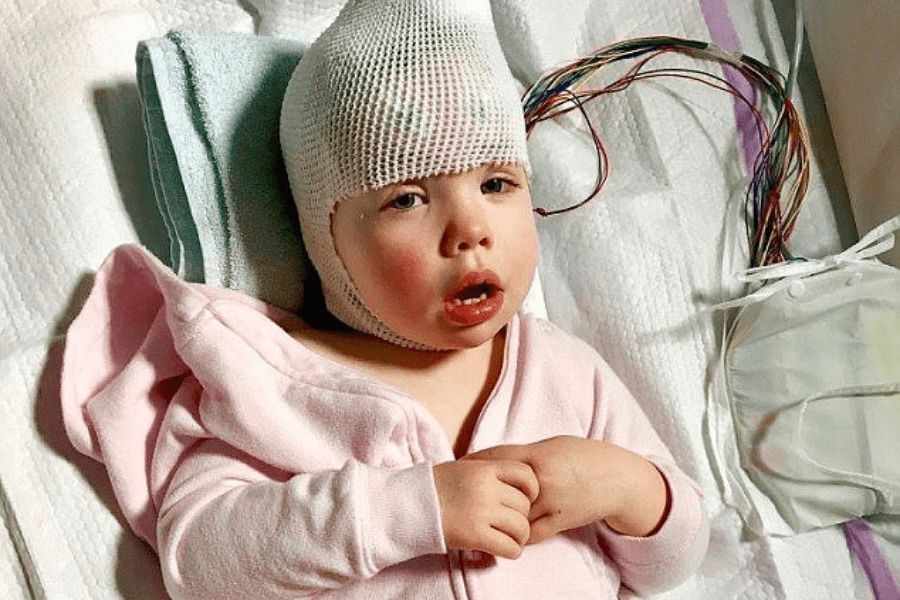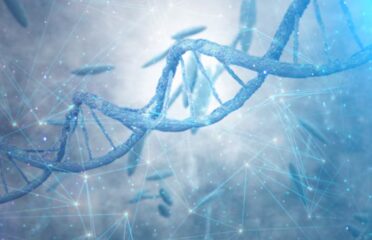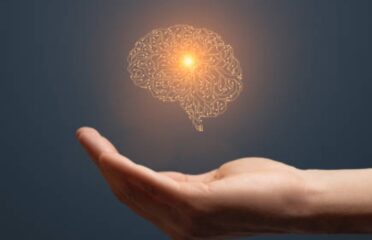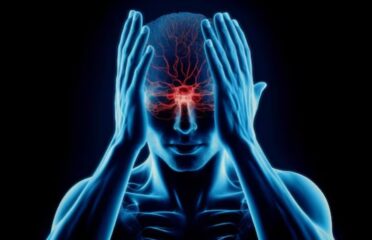Alternating Hemiplegia of Childhood (AHC)
Overview of Alternating Hemiplegia

Alternating hemiplegia of childhood (AHC) is an uncommon neurodevelopmental disorder which causes repeated episodes of weakness or paralysis.
These episodes can affect either one side of the body or both sides of the body at the same time.
In addition to this, other symptoms may include abnormal eye movements, muscle stiffness or posturing (dystonia), and seizures. Individuals with AHC may experience developmental delays, cognitive impairment, and balance issues.
They may also have continuous dance-like movements of limbs or facial muscles (chorea) which can persist between episodes of paralysis, weakness or stiffness.
Alternating Hemiplegia of Childhood Symptoms
• Episodic Hemiplegia: Sudden, recurring episodes of paralysis or weakness, alternating between sides.
• Seizures: Various types of seizures, including focal and generalized seizures.
• Movement Disorders: Abnormal involuntary movements like dystonia, chorea, or ataxia.
• Cognitive and Developmental Delays: Delays in cognitive development, learning difficulties, and intellectual disabilities.
• Migraine-like Symptoms: Recurrent severe headaches or migraine-like symptoms.
• Other Neurological Symptoms: Eye movement abnormalities, vision changes, and disturbances in sleep patterns.
• Autonomic Dysfunction: Issues with body temperature regulation, breathing, or gastrointestinal problems.
• Other Associated Symptoms: Sensory disturbances, irritability, agitation, or altered consciousness.
Causes & Risks
• Alternating Hemiplegia of Childhood (AHC) is predominantly a genetic disorder linked to mutations, particularly in the ATP1A3 gene, disrupting ion channels and brain protein functions.
• These mutations affect sodium-potassium pumps, impacting normal brain electrical activity. While sporadic in most cases, some instances follow autosomal dominant inheritance.
• AHC's exact cause remains elusive, and not all cases show identifiable mutations. Comprehensive risk factors, beyond genetics, are unclear due to AHC's rarity.
• Ongoing research explores potential environmental influences.
• The disorder's complexity underscores the need for further investigation into the interplay between genetic and environmental factors in AHC development.
Test & Diagnosis
Diagnosing Alternating Hemiplegia of Childhood (AHC) requires a thorough evaluation by healthcare planner. This evaluation typically includes the following steps:
• Medical History and Physical Examination: A detailed review of the individual's medical history, symptoms, and family history will be conducted. A comprehensive physical examination will also be carried out to identify characteristic neurological signs associated with AHC.
• Genetic Testing: Genetic testing is crucial in diagnosing AHC. Testing for mutations in the ATP1A3 gene, which is commonly associated with AHC, can confirm the diagnosis in some cases. However, not all individuals with AHC may have identifiable mutations.
• Electroencephalogram (EEG): EEG is a test that records the brain's electrical activity. It may be performed to evaluate abnormal brain wave patterns, seizures, or other neurological abnormalities in individuals suspected of having AHC.
• Neuroimaging Studies: Magnetic Resonance Imaging (MRI) or other neuroimaging studies may be recommended to assess the structure of the brain and rule out other neurological conditions that could present with similar symptoms.
• Clinical Criteria: Diagnosis of AHC is often based on specific clinical criteria established by the International Classification of Headache Disorders (ICHD) and the Alternating Hemiplegia of Childhood Foundation. These criteria help define the pattern and characteristics of the episodes.
Alternating Hemiplegia Treatment
• Treatment approaches for Alternating Hemiplegia of Childhood (AHC) primarily focus on symptom management and improving the affected individual's quality of life.
• The condition's diverse and variable nature requires personalized treatment plans tailored to each individual's needs.
• Strategies often involve a combination of therapies and supportive measures to address the complex symptoms of AHC.
• Collaboration with healthcare specialists experienced in rare neurological disorders is essential for effective management of AHC.
• This partnership guarantees access to personalized treatment, support, and resources for individuals with AHC and their families.
• By working closely with experts, individuals affected by AHC can receive comprehensive care to enhance their functional capabilities and overall well-being.
Living With Alternating Hemiplegia of Childhood
Living with Alternating Hemiplegia of Childhood (AHC) poses considerable challenges for individuals and their families, given the condition's unique characteristics.
Key considerations include navigating the episodic nature of AHC, marked by recurrent episodes of hemiplegia, seizures, and movement disorders, which can be emotionally demanding for both those with AHC and their caregivers.
Managing symptoms requires ongoing medical care, including suitable medications and therapies tailored to alleviate paralysis episodes and associated neurological manifestations.
AHC significantly impacts daily life, necessitating adaptations in living spaces and routines to accommodate changing needs.
Regular medical monitoring and care, facilitated by healthcare professionals with expertise in AHC, are vital for tracking progression, symptom management, and adjusting treatments as required.
Complications of AHC
• Episodic paralysis episodes characterize Alternating Hemiplegia of Childhood (AHC), which leads to various complications.
• These complications encompass physical limitations, motor delays, and developmental setbacks.
• Cognitive and behavioral challenges, along with seizures and communication difficulties, are common.
• AHC also brings about obstacles in daily activities, impacting emotional and psychological well-being.
• The condition's associated symptoms further complicate management and affect family dynamics.
• Recurrent hemiplegia episodes may result in temporary or lasting physical limitations, affecting mobility and independence.

The Content is not intended to be a substitute for professional medical advice, diagnosis, or treatment. Always seek the advice of your physician or other qualified health provider with any questions you may have regarding a medical condition.
Know more about
Our Healthcare Planner
Three fundamental values we can assure you:
1. Personalized Healthcare.
2. Most advanced robotic therapies
3. Transparent pricing





